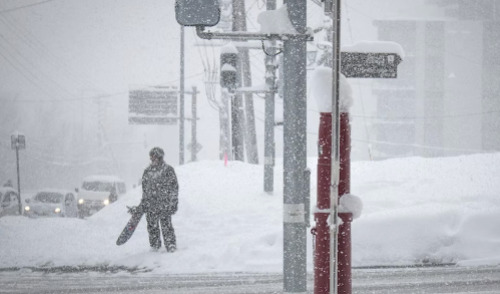Winter is here and OPM has updated their guidelines for Weather and Safety leave.
Updated guidance on procedures for weather and safety emergencies has been released by OPM. This is the first amendment to such policies in about 4 years, so the correspondence mainly focuses on federal workers who work either partially or fully from home, as such positions have dramatically increased since the pandemic hit.
The most common delay or work cancellation events happen because of snow, or some other weather event like a hurricane, wildfire, or flooding. This gives employees in the impacted areas an excused paid absence with no change to their personal leave balance.
Learn more about your FERS and CSRS retirement benefits at our No-Cost webinars for federal employees -
There are two types of federal employees who work offsite – teleworkers and remote workers. The difference is that while telework is 100% offsite, remote workers are expected to report to their agency’s worksite on a regular basis. If there is a snow day or a similar delay or cancellation, teleworkers do not get the day off, and there are very little exceptions available to them. Remote workers, on the other hand, are “generally” not excused, but if there was no reasonable expectation of a weather or safety emergency when they left their worksite, and they did not take necessary equipment or work home from the office, they could be excused for the day.
There are two types of federal employees who work offsite – teleworkers and remote workers. The difference is that while telework is 100% offsite, remote workers are expected to report to their agency’s worksite on a regular basis. If there is a snow day or a similar delay or cancellation, teleworkers do not get the day off, and there are very little exceptions available to them. Remote workers, on the other hand, are “generally” not excused, but if there was no reasonable expectation of a weather or safety emergency when they left their worksite, and they did not take necessary equipment or work home from the office, they could be excused for the day.
The OPM guidance also goes over procedures during a weather or safety emergency for the following types of employees:
- Emergency essential
- On travel
- Under alternative work schedules
- With dependents at home
- Previously scheduled annual leave
--
Until Next Time,

The information has been obtained from sources considered reliable but we do not guarantee that the foregoing material is accurate or complete. Any opinions are those of Serving Those Who Serve writers and not necessarily those of RJFS or Raymond James. Any information is not a complete summary or statement of all available data necessary for making an investment decision and does not constitute a recommendation. Investing involves risk and you may incur a profit or loss regardless of strategy suggested. Every investor’s situation is unique and you should consider your investment goals, risk tolerance, and time horizon before making any investment or financial decision. Prior to making an investment decision, please consult with your financial advisor about your individual situation. While we are familiar with the tax provisions of the issues presented herein, as Financial Advisors of RJFS, we are not qualified to render advice on tax or legal matters. You should discuss tax or legal matters with the appropriate professional. **




